Language Symbols Page #3
This page lists all the various symbols in the Language Symbols category.
Symbols in this category:
Full Stop or Period
A full stop (British English, Hiberno-English, Australian English, and New Zealand English) or period (American English and Canadian English) is the punctuation mark placed to indicate the end of sentences.
Guillemet
Guillemets (pron.: /ˈɡɪləmɛt/, or /ɡiːəˈmeɪ/, French: [ɡijmɛ]), also called angle quotes or French quotation marks, are polylines, pointed as if arrows (« or »), sometimes forming a complementary set of punctuation marks used as a form of quotation mark.
Hebrew alphabet
The Hebrew alphabet (alefbet ʿIvri ), known variously by scholars as the Jewish script, square script, block script, or more historically, the Assyrian alphabet, is used in the writing of the Hebrew language, as well as other Jewish languages, most notably Yiddish, Ladino, and Judeo-Arabic. There have been two script forms in use. The original old Hebrew script is known as the paleo-Hebrew script (which has been largely preserved, in an altered form, in the Samaritan script), while the present "square" form of the Hebrew alphabet is a stylized form of the Assyrian script. Various "styles" (in current terms, "fonts") of representation of the letters exist. There is also a cursive Hebrew script, which has also varied over time and place.
Hemidemisemicolon
An unconventional punctuation mark capable of taking the place of periods, commas, and semicolons.
Hyphen
The hyphen (‐) is a punctuation mark used to join words and to separate syllables of a single word. The use of hyphens is called hyphenation.
Ing - Ingz - Ingwaz
The twenty-second letter of Futhark is Ingwaz. This rune represents Ing, the god of the fertility and the creative act.
Interlingue Symbol
The language Interlingue, known as Occidental until 1949, is a planned international auxiliary language created by Edgar de Wahl, a Balto-German naval officer and teacher from Tallinn, Estonia, and published in 1922.
Interrobang
An unconventional punctuation mark intended to combine the functions of the question mark and exclamation point.
Inverted question and exclamation marks
Inverted question (¿) and exclamation marks(¡) are punctuation marks used to begin interrogative and exclamatory sentences (or clauses), respectively, in written Spanish and sometimes also in languages which have cultural ties with Spanish, such as in older standards of Galician (now it is optional and not recommended) or Catalan.
Irony Mark
An unconventional punctuation mark that indicates a state of affairs that is contrary to what one expects, and is often used to evoke humor.
Citation
Use the citation below to add this symbols category to your bibliography:
Style:MLAChicagoAPA
"Language Symbols." Symbols.com. STANDS4 LLC, 2024. Web. 19 Apr. 2024. <https://www.symbols.com/category/17/Language+Symbols>.

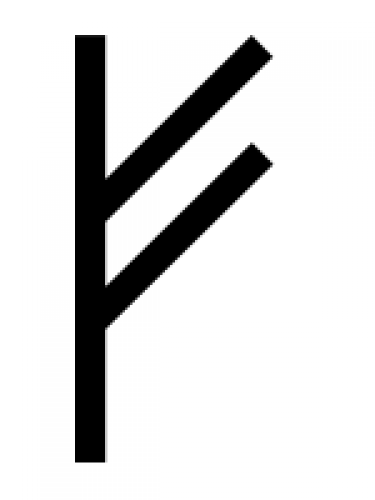
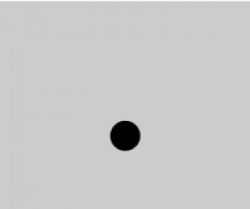
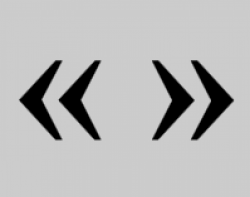
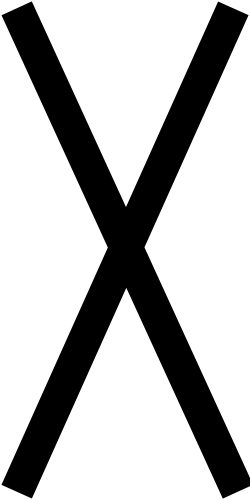
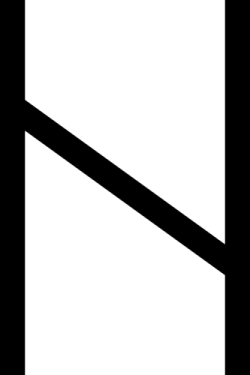
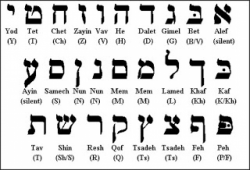
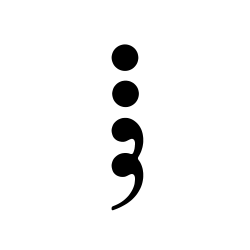
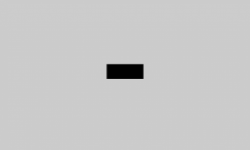
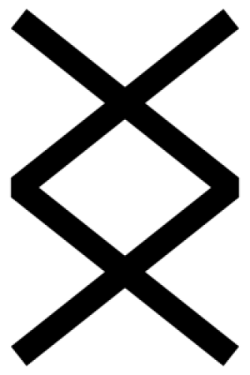
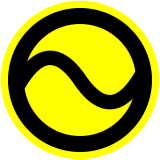
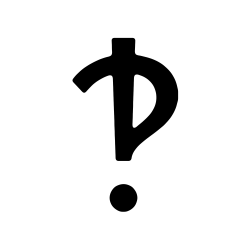
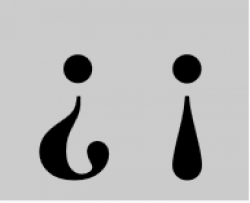
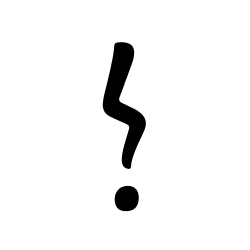
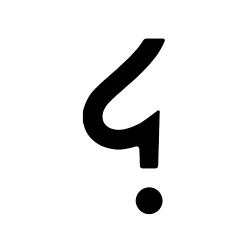
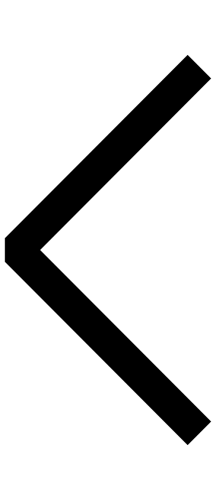
Have a discussion about the Language Symbols category with the community:
Report Comment
We're doing our best to make sure our content is useful, accurate and safe.
If by any chance you spot an inappropriate comment while navigating through our website please use this form to let us know, and we'll take care of it shortly.
Attachment
You need to be logged in to favorite.
Log In